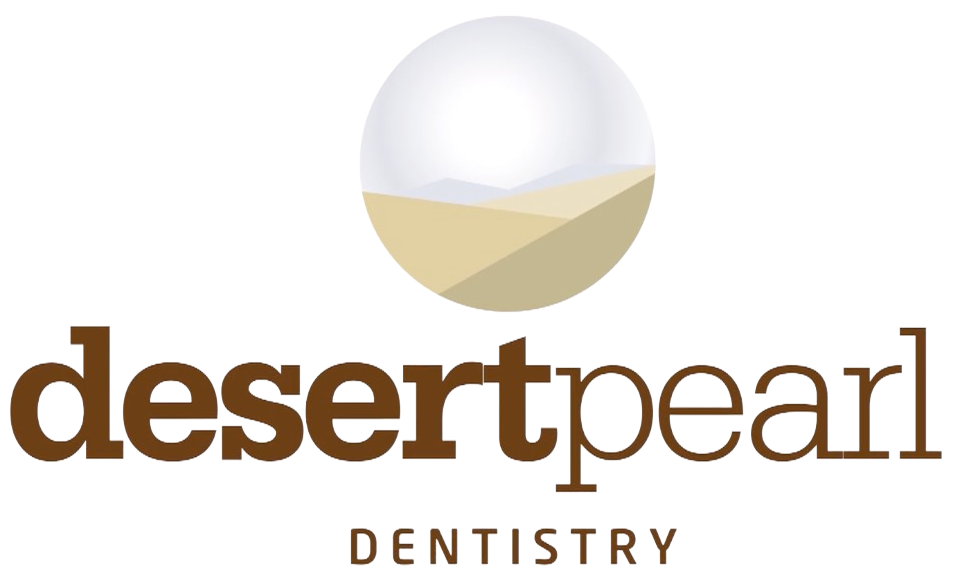Dental photography is a unique niche in the industry. As dental imaging has become an essential component of many practices, photography has declined due to the use of equipment, costs, and interruptions in practice workflow. However, dental photography can be an excellent tool for many dentists. It can be a useful tool for patients wanting to visualize their smiles and see the results of their cosmetic procedures in better detail. Below, we will go into the benefits of dental photography and how it can help both practices and patients have better experiences in the office.
The History and Uses of Dental Photography
Dental photography was previously used before the invention of the intraoral scanner, and since then, there have been fewer uses for dental photography in practices. While intraoral scanners and x-rays can provide better insights into the oral structures, dental photography can take up some unique parts of dental care that weren’t previously considered. One of the biggest struggles with using dental photography is the training and knowledge to operate photography equipment.
In regards to dental practices, there are two systems that dentists can potentially use in their practices – point and shoot and DSLR. Both of these systems can produce photos in different ways, with a point-in shoot focusing on casual photography that has a broader range and greater depth of field. In contrast, DSLR focuses on up-close details with better manual control over the subject. By using either of these systems, many benefits can occur for both the patient and their dentist, including:
- Diagnosis and Treatment: For dentists, looking more closely at the patient’s mouth can help diagnose conditions that weren’t previously noticed with intraoral scans and regular cleanings and help dentists prescribe better treatment.
- Legal Documentation: Proper photo documentation can help provide help and reassurance for a mistreated patient.
- Insurance Verification: Photographs can be used to help verify treatments to insurance companies alongside radiograph and charting submissions.
- Specialist Referrals: For patients needing specialist referrals, photographs can help provide better insight for the specialist in regards to their treatment.
- Laboratory Communications: Patients needing restorative treatments can experience an easier process when their dentists use photographs to communicate with their laboratories.
How Clinical Photography Helps Everyone
Not only can photographs be used to help practices, but photos can also be used to help educate patients about their oral health, what affects them, and how their treatments will improve their oral health. It also provides patients with a better resource to document their medical history and help them observe the results of their treatment in better view. If you’re a patient looking for a dental practice for treatment, one of the key ways to tell if a dental practice is using digital photography is to preview their photography on their website. If you found a practice that can help you with your dental concerns within your local area, then make sure to schedule an appointment with them soon to keep your smile healthy.



